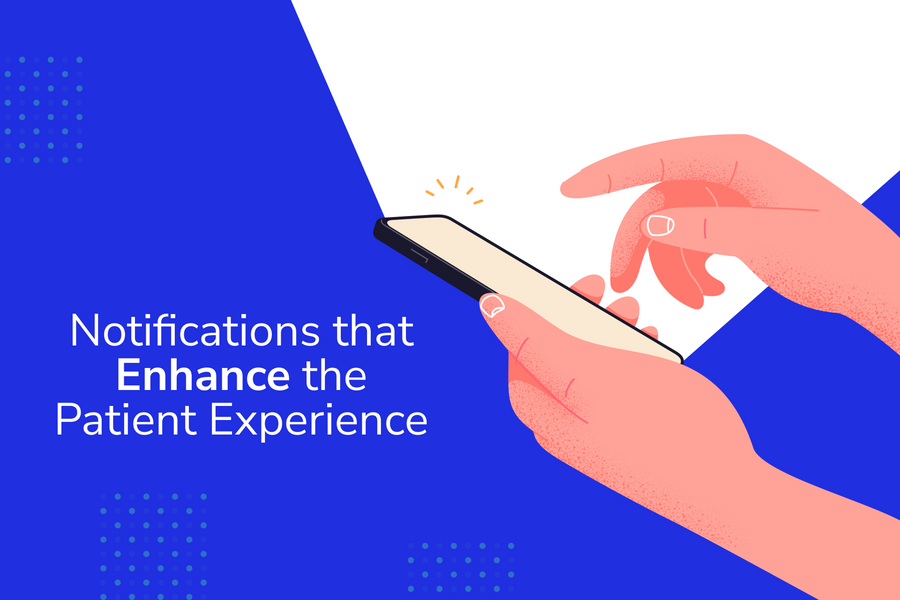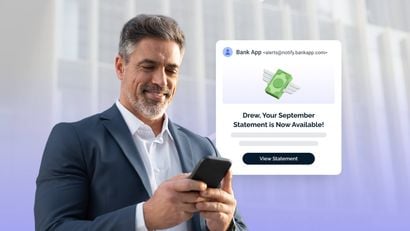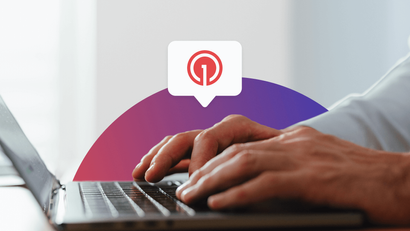The global COVID-19 pandemic has changed the world in a variety of ways and altered our attitudes toward digital experiences. Digital healthcare has become more popular as a result of a year in which in-person health visits presented more health risks than health benefits to patients. Even after vaccines became available, digital healthcare has become indispensable for patients accessing a variety of services, from preventative or lifestyle-related services to outpatient care, to chronic disease management. Digital healthcare helps providers gather and contextualize patient information and choose the optimal course of treatment for each patient.
In 2019. The global Digital Health Market was $84.08 Billion USD in size. It’s expected to grow at a compound annual growth rate of 14.8 percent and reach about $220.94 Billion by 2026.
On top of this immense growth, improved patient communication has been linked to positive health outcomes such as lower hospital readmission rates, better compliance with medical regimens, and improved physical and emotional health outcomes. Research shows that health apps have directly improved the patient experience by providing better health information access, improving patient-provider communication, providing transparency around health charges, and reducing adverse health outcomes.
It’s no exaggeration that a well-executed digital health communications strategy could mean the difference between suffering and care, potentially even life and death.
Push notifications and SMS are indispensable pieces of the digital healthcare experience as they connect providers and patients across every stage of the patient journey, bridging gaps in communication that can make or break patient outcomes.
These notifications are a key piece in the digital health matrix and can help patients maintain access to resources, improve the continuity of inpatient care, overcome the challenges of physical and geographical barriers, close gaps in patient care, and above all, foster connectedness between patients and their care teams.
Here, we discuss some of the key ways these notifications can amplify the effectiveness of your digital healthcare strategy.
Appointment Reminders
Mobile notifications and SMS can facilitate appointment booking and attendance, which are early touchpoints in their journey with digital health providers. Health apps may send patients mobile push notifications nudging them to book appointments if their in-app behavior indicates they’re looking to access care. Once they’ve booked an appointment with a provider, patients can benefit from receiving a text message confirmation with their provider’s name and information and their confirmed appointment time. Sending automated SMS appointment reminders a day ahead will increase patient attendance and keep them in the loop with their care team at this early stage. Easy booking and seamless integration with in-app appointment features are a surefire way to get patients through the virtual doors of the office.
Sending appointment-related messages fosters early communication between patients and providers, but connecting with patients over time is even more critical.
Ongoing Patient-Provider Communication
As their journey with their provider goes on, patients can benefit from real-time notifications indicating their provider has sent them a message. Digital health apps may send a mobile push when a provider replies to a patient in their patient portal. They also may send a text linking back to in-app messaging features to facilitate a quick review of the key health information. Whether digital health providers choose mobile or push for provider messages, the goal is to engage patients with updates on their personal health information, linking them to where the information lives in the app (or site), which keeps them accountable and engaged with their health status. Maintaining communications with patients throughout the treatment process is critical to make sure patient needs are met and to educate and advise patients on the conditions they are being treated for. Receiving timely replies from a provider enhances trust and builds long-term relationships between a patient and their care team.
Data Gathering
Another key use case for notifications in the healthcare sector is symptom reporting and results monitoring. Health apps serve to compile and maintain health data in a centralized place, which equips both providers and patients with the information they need to drive treatment and favorable health outcomes.
Remote patient monitoring and results tracking are crucial functions for triaging symptoms, aiding in early detection of adverse patient outcomes, and signaling a need for emergency care in extreme situations.
Mobile push and SMS messages can be used to encourage patients to report key symptoms, if they suffer from a chronic disease, for example, on whatever interval their provider suggests. These notifications should be specialized based on the condition a patient is being treated for, their time zone, and their provider’s specific recommendations.
Behavioral and Chronic Illness Management
While it’s not surprising that telehealth visits increased in the year 2020, it’s perhaps interesting to note that specifically, visits for chronic illnesses and behavioral health issues showed the largest increases in volume. Managing these longer term concerns often requires routine data entry and check-ins with providers. Mobile push and SMS can urge users to complete their symptom tracking, correspond with providers around their ongoing needs, and stay accountable to a prescribed regimen through a telehealth app.
These types of notifications can also support remote monitoring activities with connected devices by reminding users to hook up to their wearable heart rate monitor, for example, educating them on what their incoming health data means for their condition, and providing real-time feedback on their health readings. For patients with delicate chronic conditions, push and/or SMS can be used to trigger emergency notifications if a patient’s incoming vitals put them at risk for an adverse health event. In one study, mobile notifications were used in conjunction with remote monitoring of vital signs, temperature, and pulse to manage chronic conditions without the need to access a physical health facility. Providers were notified via push when patient data displayed anomalies, allowing for timely interventions from afar.
Notifications are also highly effective in increasing accountability and adherence to behavioral health interventions. In one randomized control trial aimed at testing the efficacy of push notifications in improving outcomes in an app-based weight loss regimen in obese women, receiving notifications during the intervention was associated with increased body fat loss and weight loss in the intervention group. This study showed that compliance with a dietary regimen and prescribed physical activity was greatly enhanced by push notifications. Thus, notifications have tangible benefits to behavioral health interventions such as weight loss.
A cancer intelligence suite called Project Rōnin has revolutionized cancer treatment by using push notifications to encourage and remind patients to track symptoms between visits with their care team. This patient-provided data feeds into their AI-driven treatment platform, which helps oncologists to contextualize information and make more informed treatment decisions relative to each individual patient.
Medication Management
In addition to managing symptoms and behaviors, digital healthcare providers can use notifications to encourage medication adherence and management. Digital health providers can send patients SMS updates on their prescription status, whether it’s delayed, filled, or needs renewal. SMS or mobile push can be easily customized and personalized to encourage adherence to a medication regimen, serving to prompt patients to take their prescriptions at certain times of the day.
Delivery of Test Results
Awaiting test results can be one of the most anxiety-provoking aspects of navigating the medical system. Many can relate to the feeling of anticipation after taking a lab test and anxiously waiting for contact from one’s provider. Luckily, SMS and mobile notifications are excellent communication channels for these time-sensitive results messages. Both mobile push and SMS can notify individuals that their test results are in, and link them directly to the information in the app or site. Linking patients quickly and directly back to their results and directing them to additional information on how to interpret these findings can improve the patient experience.
Public Health Interventions
Push and SMS notifications are powerful tools in public health campaigns, which aim to prevent adverse health outcomes. While we usually associate healthcare with treatment of disease, or the downstream model, healthcare apps should prioritize primary prevention, or the upstream model, as a way to intervene early before treatment is necessary. Push and SMS are great tools to encourage early intervention and mitigate the need for treatment further down the line.
A key use case for public health push notifications from the pandemic era is the CA Notify Exposure notification system, which sends Covid alerts to users exposed to positive Covid cases while maintaining user privacy. The system sends alerts to users after they’ve been exposed to a positive case, which gives users a chance to take the appropriate actions to get tested, seek medical attention, and prevent further spread, which could quite literally save lives. This mobile app’s model hinges on timely notifications and provides powerful inspiration for other healthcare apps to implement contact tracing for other infectious diseases.
Building a Successful Messaging Strategy in the Telemedicine Industry
Although the potential uses for messaging channels in the telemedicine industry are abundant, creating a HIPPA-compliant, personalized, and scalable messaging strategy can feel daunting. OneSignal is designed to help you send notifications and seamlessly manage patient communication across every channel, including mobile push notifications, web push notifications, bulk SMS, in-app messaging, and email. Our platform is quick to set up and makes it easy to customize and automate your messaging in a way that respects patient privacy. If you don't have a OneSignal account, you can create one for free and start sending push notifications today. Visit our pricing page to find the right plan for your business or bypass the conversation and create a free account.
Get Started for Free



